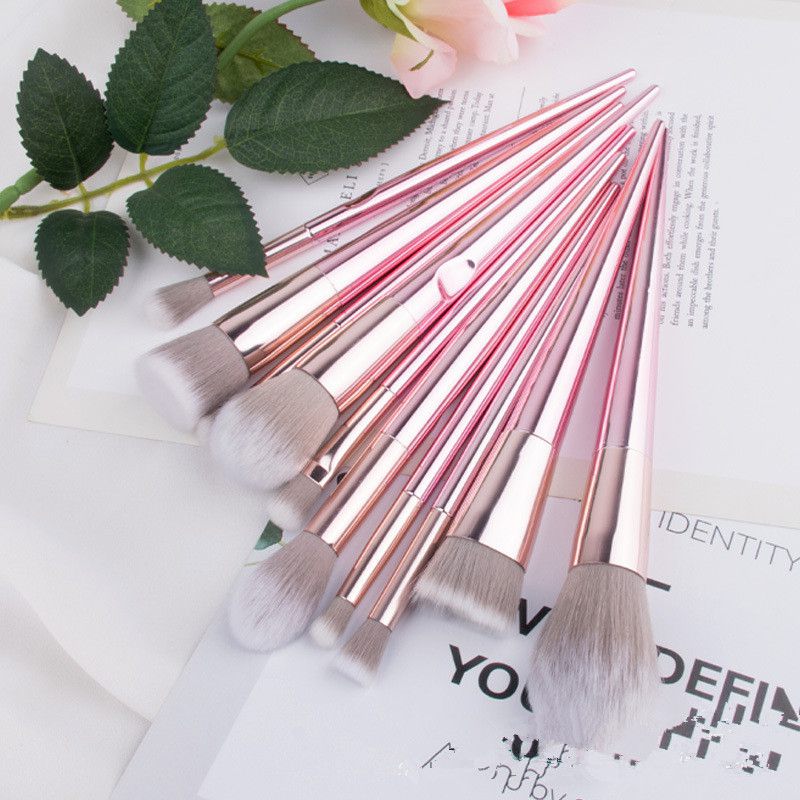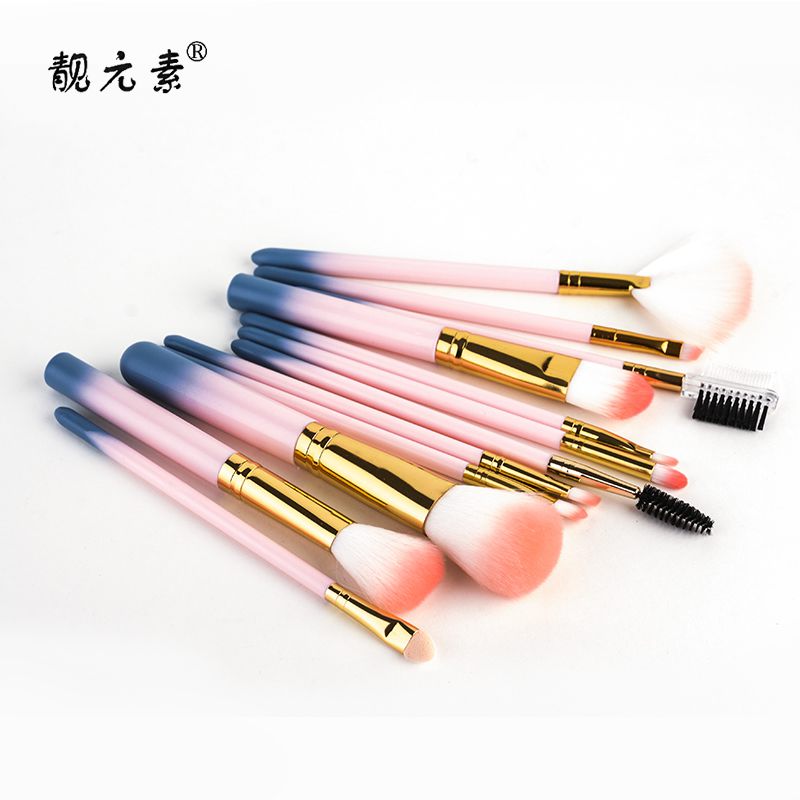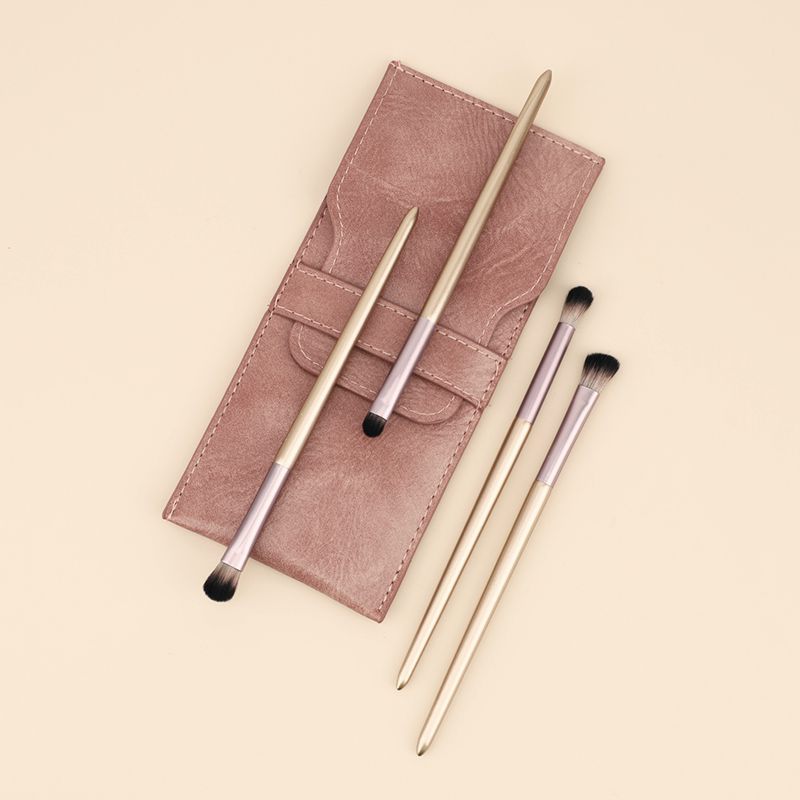Industry news
German Brush Manufacturers Set New Standards for Bristle Durability Testing
- 580 Views
- 2025-08-26 01:31:56
German Brush Manufacturers Set New Standards for Bristle Durability Testing
In the competitive world of cosmetic tools, bristle durability has emerged as a defining factor for consumer trust and product longevity. As beauty enthusiasts increasingly prioritize long-lasting, high-performance brushes, German brush manufacturers have taken the lead in revolutionizing bristle durability testing—setting new benchmarks that promise to redefine industry quality standards.

For decades, traditional bristle testing focused primarily on basic metrics: tensile strength (how much force a bristle can withstand before breaking) and initial softness. While these tests provided a baseline, they often failed to replicate real-world conditions—overlooking factors like repeated makeup application, exposure to oils and solvents in cosmetics, and long-term storage in varying humidity. This gap left consumers facing common frustrations: bristles shedding after a few months, loss of shape, or stiffness that dulled makeup application over time.

Enter Germany’s innovative approach. Leading manufacturers, leveraging the country’s legacy of precision engineering and material science, have developed a multi-layered testing protocol that mirrors the actual lifecycle of a cosmetic brush. Unlike one-dimensional traditional tests, the new standards integrate four critical dimensions:

First, mechanical fatigue testing. Using specialized machinery, brushes undergo 10,000+ cycles of simulated makeup application—mimicking the motion of sweeping, blending, and buffing across skin-like surfaces. This rigorously checks for bristle shedding, root stability (to prevent loose hairs), and shape retention. Early adopters report a 40% reduction in post-test shedding compared to brushes tested via old methods.
Second, chemical compatibility assessments. Bristles are submerged in solutions that replicate common cosmetic ingredients: facial oils, silicone-based primers, alcohol-heavy setting sprays, and even waterproof formulas. After 24-hour exposure, they are evaluated for degradation—looking for brittleness, discoloration, or loss of softness. This addresses a key consumer pain point: brushes that “harden” or become unresponsive after regular use with specific products.
Third, environmental resilience testing. Brushes are cycled through extreme conditions: 90% humidity for 72 hours (mimicking bathroom storage), followed by dry, low-humidity environments (simulating travel or arid climates). This tests bristle fiber integrity, ensuring they resist mold growth, warping, or brittleness caused by moisture fluctuations—an often-overlooked factor in tropical or seasonal regions.
Fourth, sustainability endurance. Aligning with Europe’s growing focus on eco-conscious beauty, the tests now include “extended lifecycle simulation.” Brushes are subjected to 50+ washes with gentle cleansers (the average consumer’s annual cleaning frequency) and re-evaluated for structural integrity. The goal? To ensure brushes remain functional for 3+ years, reducing the need for frequent replacements and cutting down on cosmetic tool waste.
What drives Germany’s ability to pioneer these standards? It’s a unique blend of engineering expertise and consumer-centricity. German manufacturers collaborate closely with material scientists to source advanced fibers—from premium synthetic taklon to ethically sourced natural hairs—then pair this with data-driven insights from consumer feedback. “We don’t just test materials; we test experiences,” notes a product development lead at a leading Nuremberg-based brand. “Every test is designed to answer: ‘Will this brush still deliver that luxe, seamless blend on day 365 as it did on day one?’”
The impact is already tangible. Brands adopting these standards report a 25% drop in customer returns related to bristle issues and a 30% increase in repeat purchases, as consumers recognize the value of long-lasting tools. Beyond consumer benefits, the standards are pushing the industry toward sustainability: durable brushes mean fewer discarded tools, aligning with global efforts to reduce beauty’s environmental footprint.
As these German-led standards gain traction, they are setting a precedent for global manufacturers. Competitors in Asia and North America are already exploring similar protocols, signaling a shift toward more rigorous, consumer-focused testing. For beauty brands, the message is clear: in the race for market leadership, bristle durability testing is no longer optional—it’s the new frontier of quality.
In the end, this isn’t just about better brushes. It’s about redefining what “quality” means in cosmetic tools—prioritizing resilience, functionality, and sustainability in equal measure. Thanks to German innovation, the future of beauty brushes looks not just softer, but stronger—one durable bristle at a time.











